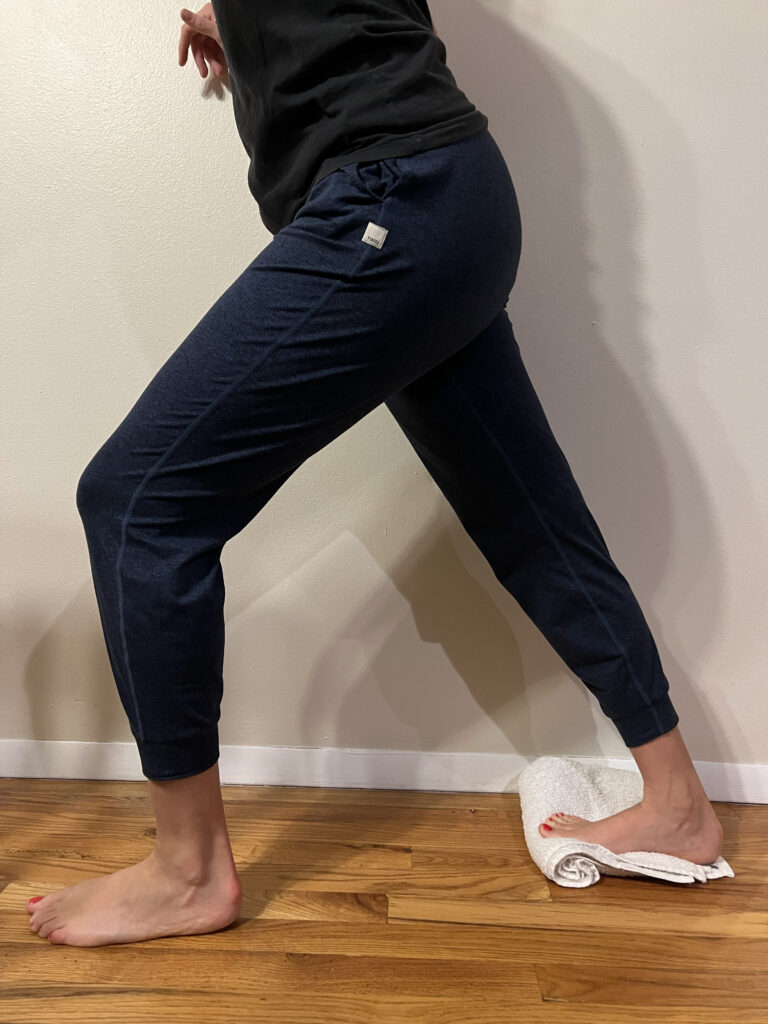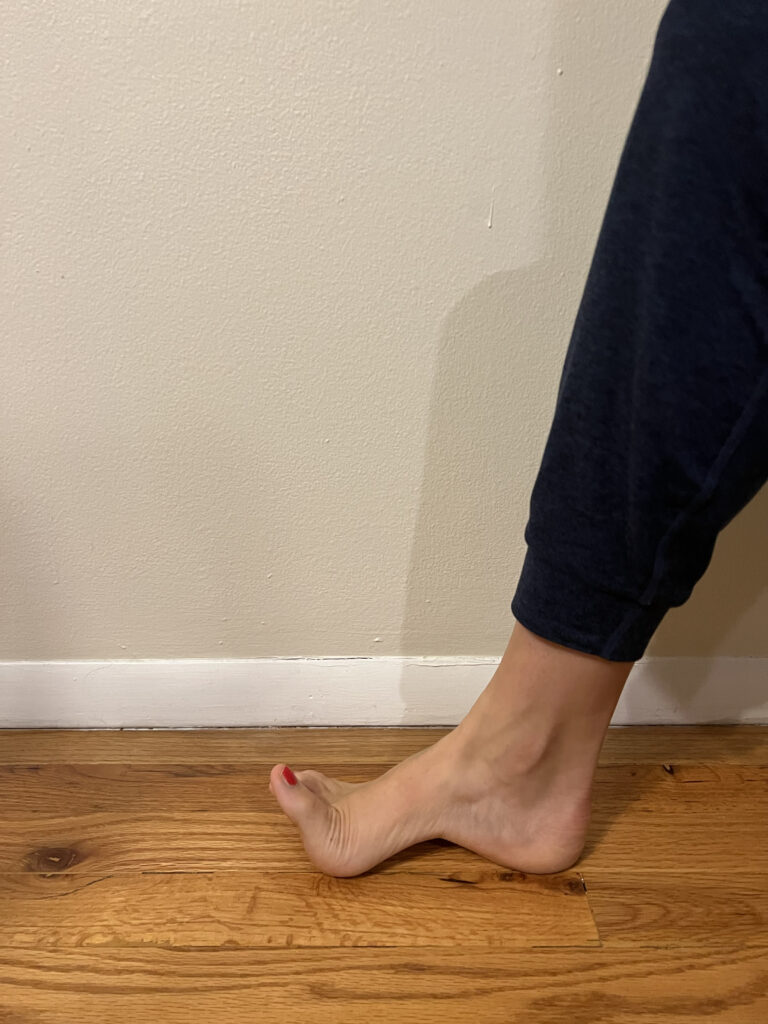[ad_1]
Amber Tacy, a private coach and the founding father of Dancers Who Raise, a web-based power coaching and diet program geared towards dancers, first skilled plantar fasciitis when she was in faculty. “I bear in mind my toes screaming at 8 within the morning, and I used to be imagined to undergo a 90-minute barre, after which trendy and rehearsal proper after that, after which one other method class,” she says. “I used to be distraught as a result of I couldn’t think about placing weight on my foot.”

Tacy’s experiences aren’t uncommon, particularly for dancers who’re experiencing a dramatic ramp up of their exercise stage. Joshua Metzl, an orthopedic sports activities medication doctor at UCHealth Steadman Hawkins Clinic who works with dancers at Colorado Ballet, says that growing the period of time spent coaching—and the ensuing potential for overuse—is the main reason behind plantar fasciitis amongst dancers.
What Is Plantar Fasciitis?
Plantar fasciitis is an irritation of thick tissue on the underside of the foot referred to as plantar fascia. It typically exhibits up in dancers as ache within the heel, particularly when doing weight-bearing train. Metzl notes that it’s typically most painful very first thing within the morning, and signs can ebb and movement all through the day.
Along with a sudden enhance in exercise ranges, plantar fasciitis will also be triggered by modifications in footwear, like switching from pointe to flat sneakers. The standard of the studio flooring or efficiency floor can have an effect. Exterior of the studio, strolling greater than regular and/or on several types of surfaces can result in plantar fasciitis.
Though plantar fasciitis is widespread amongst dancers, there are different circumstances that could possibly be inflicting comparable ache. Metzl explains that the bones of the toes may be guilty, with widespread bone-related plantar fasciitis doppelgangers as an alternative being calcaneal stress fractures and calcaneal apophysitis, an irritation of the expansion plate in a youthful dancer’s heel. An X-ray will help decide the foundation reason behind this sort of foot ache.
Therapy and Therapeutic

Courtesy CU Faculty of Medication.
Therapy for plantar fasciitis normally entails working with a bodily therapist to ascertain a every day stretching and strengthening program for the plantar fascia, Metzl says, including that if the situation is extra continual and doesn’t reply to preliminary therapy, an MRI, corticosteroid injection, and/or a platelet-rich plasma injection, which acts as a localized anti-inflammatory, could be used as nicely.
On the onset of signs, Tacy recommends taking over-the-counter anti-inflammatories to ease ache, in addition to using light therapeutic massage strategies. She says that icing—both by merely making use of an ice pack to the underside of the foot or by gently rolling out the only real with a frozen water bottle—may be useful.
It’s additionally vital to be strategic about every day footwear. Metzl says sporting orthotics or arch helps in your sneakers can relieve signs by off-loading stress from the plantar fascia. Tacy discovered that selecting sneakers with a large toe, which higher mimics the pure form of the foot, proved useful. In additional extreme circumstances, a strolling boot may also be really useful. Though plantar fasciitis doesn’t at all times necessitate day without work from dance, don’t underestimate the ability of relaxation to ease and stop ache. “There’s a very nice saying: ‘Should you don’t select when to relaxation your physique, your physique will select for you,’ ” Tacy says.
It’s All Linked
When plantar fasciitis is extreme, dancers may determine to change their method to mitigate ache. Though this may really feel like a approach to muscle by means of class or rehearsal, each Metzl and Tacy agree that this strategy could cause extra points down the road. “The time period we use in orthopedics is ‘kinetic chain’—all of those constructions within the physique are interconnected,” Metzl says. Because of this untreated plantar fasciitis has the potential to result in ache in different areas of the physique, just like the knees, calves, hips, and low again.
When Tacy was dancing professionally in New York Metropolis, she suffered a severe harm that sidelined her for months. Though the harm concerned an accident with a set piece and wasn’t immediately associated to plantar fasciitis, she believes that imbalances brought on by her foot ache had been a contributing issue to harm severity and restoration time. “As quickly as I graduated faculty and obtained my first job, lo and behold, the foot that was most affected by plantar fasciitis was the one which I injured,” she says. “Trying again, I can see the way it’s all related. If I had taken care of my plantar fasciitis and strengthened and healed my foot within the right means, I don’t suppose that my harm later would have been as extreme or would have wanted as a lot care.”
Two Stretches for Plantar Fasciitis
Joshua Metzl, an orthopedic sports activities medication doctor who works with Colorado Ballet dancers, recommends these two stretches for dancers affected by plantar fasciitis.

Calf stretch with a towel roll
- Roll one fringe of a towel.
- Stand on the towel with one foot, with the rolled portion beneath your toes and metatarsal and the flat portion beneath your heel.
- Assume a small lunge place, with the again leg straight and on the towel, and the entrance leg barely bent.
FHL tendon glide

The flexor hallucis longus (FHL) tendon connects the calf to the large toe and performs an enormous function in pointing the toes and standing on pointe.
- Place your toes flat on the ground.
- Preserving the heel and ball of your foot in touch with the ground, raise the toes.
[ad_2]